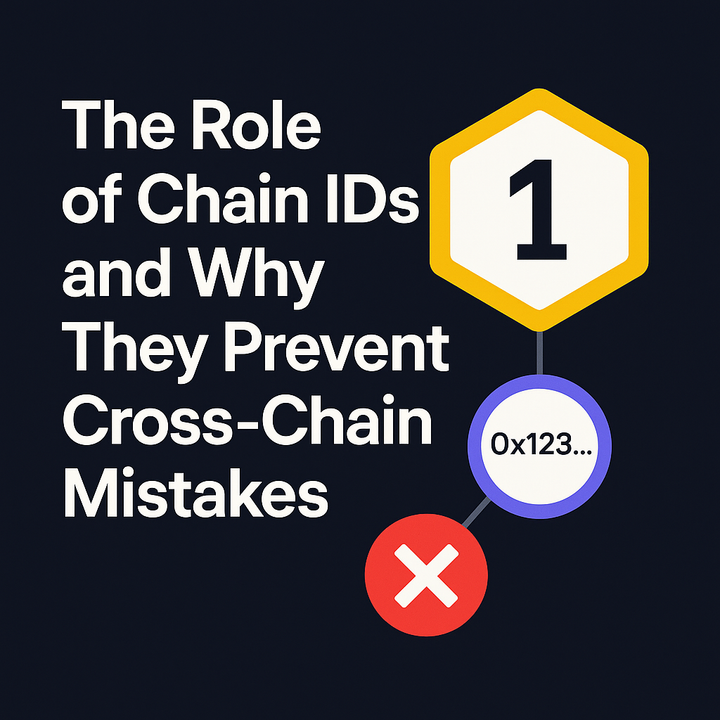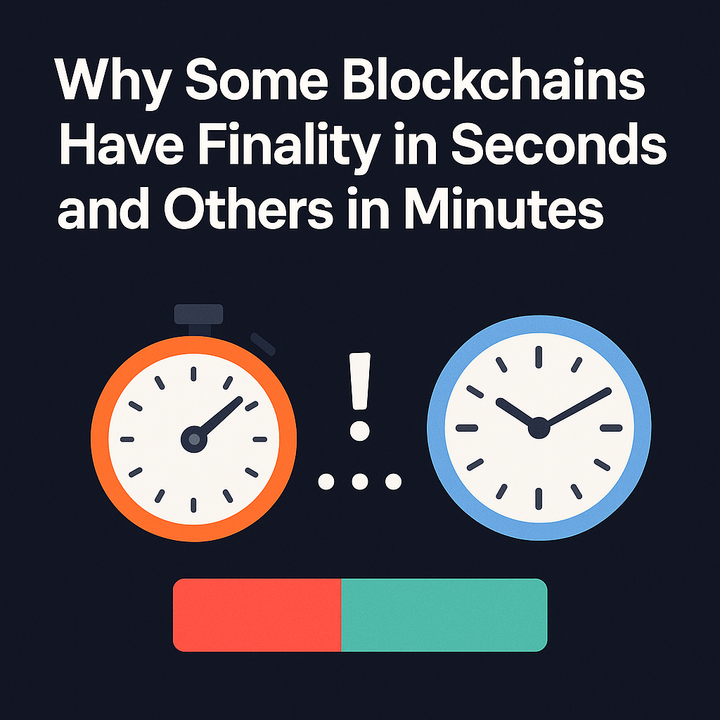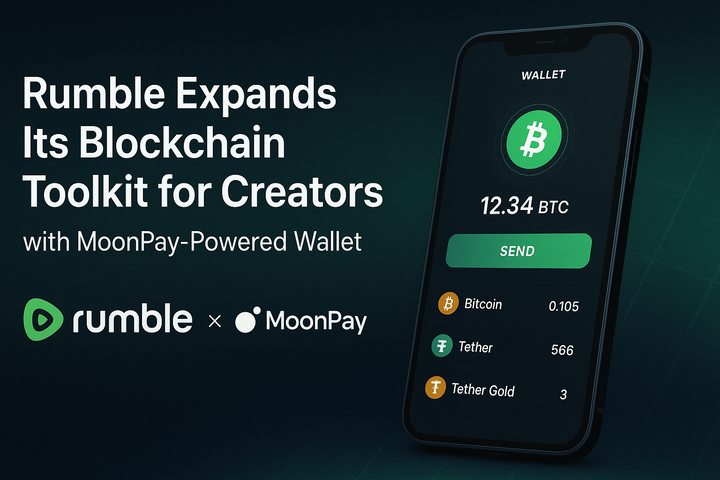World Liberty Financial Weighs $1.5B Nasdaq Treasury to Hold WLFI Tokens

Trump-linked World Liberty Financial is exploring a $1.5 billion Nasdaq-listed treasury company to house WLFI tokens — what that would mean for token legitimacy, institutional access, and political risk.
Introduction
World Liberty Financial (WLF), the crypto venture with reported ties to the Trump family, is reportedly exploring a bold play: creating a Nasdaq-listed corporate vehicle—a $1.5 billion treasury company—whose balance sheet would hold WLFI tokens. The move would convert a politically charged token experiment into a tradable, regulated corporate product. Think MicroStrategy’s Bitcoin strategy, but with clear political branding and token-native mechanics baked in.
This is more than a headline. It’s a test case for a larger question the market keeps asking: Can token projects graduate from unregulated token sales to institutional capital markets without blowing up governance, compliance, or credibility? In this 1,000+ word piece I’ll unpack the strategic logic, the regulatory and reputational pitfalls, market mechanics, and the possible roadmaps (and roadblocks) for a token-backed corporate listing.
Why a Public Holding Company Makes Strategic Sense
On paper, the rationale is straightforward and familiar:
- Institutional Access: Many pension funds, endowments, and wealth managers can’t buy a raw token—either because of custody rules, lack of compliance, or internal policy. A Nasdaq-listed entity offers a familiar wrapper: ticker, audited financials, familiar broker flows. Institutions that won’t touch WLFI directly may buy the stock.
- Liquidity & Price Discovery: Listing on an exchange broadens the base of buyers and sellers, improving liquidity for the economic exposure to WLFI and providing a daily market price tied to a regulated vehicle rather than a token marketplace fraught with fragmentation.
- Credibility & Signaling: A regulated listing forces audits, board governance, and financial reporting. For projects struggling with trust, that can be a powerful signal—especially if the listing partner brings reputable underwriters, custodians, and auditors.
- Balance Sheet Optionality: A corporate treasury holding tokens can use them as collateral, issue debt, or participate in token-yield strategies—creating optionality that pure token holders can’t access as easily.
This playbook isn’t theoretical. MicroStrategy’s BTC buildout and other “treasury-first” plays have shown investors will allocate to corporate proxies when they want crypto exposure but prefer corporate wrappers.
But It’s Not Just Finance—It’s Politics
Here’s where this case gets unusual. WLF’s public persona is wrapped in politics. That raises immediate and unique vectors of risk:
- Reputational & ESG Concerns: Institutional allocators are sensitive to reputational risk. A company explicitly linked to a political figure (especially a polarizing one) will spark governance and ESG debates at pension committees and endowments. Many institutional mandates include political risk filters; a WLF-branded IPO could be a non-starter for conservative allocators.
- Regulatory Scrutiny: Political ties invite closer inspection. The SEC and other watchdogs already take a magnifying glass to corporate disclosures for politically connected entities. A token-backed listing will likely prompt more questions about provenance of funds, foreign investor ties, potential sanction exposure, and insider dealings.
- Geopolitical Capital Flows: If WLFI or affiliated stablecoin ventures have foreign backers—reported deals with offshore investors or sovereign-linked entities—regulators will want transparency on ownership, influence, and cross-border capital movement.
Put bluntly: a token in a vacuum is a market experiment. A token inside a politically flavored, publicly traded company becomes geopolitics on Wall Street.
The Mechanics: How Would It Actually Work?
A corporate treasury vehicle could take a few forms, each with tradeoffs:
- Holding Company / Treasury Trust: The listed company issues shares; proceeds buy WLFI tokens held in a cold custody arrangement. Financials would include token holdings marked to market (or at cost, depending on accounting). Investors gain equity exposure to token performance.
- REIT-style Distribution Vehicle: If the token generates cash flows (fees, dividends, stablecoin yield), the company could distribute part of that to shareholders—creating a visible yield product that looks more like traditional finance.
- Hybrid Proxy Structure: The public company could hold only a portion of WLFI while operating ancillary businesses (custody services, token issuance, treasury management), diversifying revenue outside token price moves.
Operationally, such a vehicle needs:
- Institutional custody partners with enterprise security and insurance
- Auditors able to opine on crypto reserves and valuation policies
- Underwriters and market makers to ensure liquidity at IPO and afterward
- Clear governance docs to prevent conflicts between corporate fiduciaries and token issuers
Each of those is doable—if expensive and carefully structured.
Accounting, Valuation, and Disclosure Headaches
Turning WLFI into a corporate asset raises thorny accounting questions. Would tokens be carried at fair value with P&L volatility, or as intangible assets with impairment testing? Different accounting treatments alter balance sheet optics, debt covenants, and shareholder expectations.
Add to that:
- Valuation Volatility: Crypto tokens swing fast; investors in an equity vehicle may see earnings and book value fluctuate violently. That’s manageable—if disclosed and communicated—but it requires robust risk controls.
- Reserve Audits: External auditors must be satisfied with proof of reserves and custody controls. The audit bar for a token treasury is high, especially post-FTX. Any gap here is a material weakness.
Finally, if the public company is used to raise capital from offshore investors, cross-border disclosure regimes and tax treaties complicate things further.
Governance & Conflict-of-Interest Risks
The idea of a company holding the project’s token invites governance friction:
- Who decides token economics changes? If the public company holds controlling economic exposure, does it get a seat at token governance? Does that conflict with decentralized governance promises?
- Insider Sales & Lockups: Founders and political figures holding tokens could be perceived to cash out via secondary sales or through the corporate vehicle. Lockup agreements, pre-set resale rules, and transparent executive compensation policies will be essential.
- Board Independence: A credible, independent board is an antidote to political risk. But recruiting independent directors willing to touch a politically charged token won’t be easy.
Without ironclad governance, the IPO could simply be a new conduit for private actors to monetize political capital—exactly the perception institutional investors try to avoid.
Market Reception & Scenarios
If WLF executes cleanly—strong custody, independent board, conservative valuation policies—it could attract retail and some institutional interest, especially among investors seeking a thematic play on tokenization. The public vehicle could become a proxy for token exposure, similar to how GBTC or MicroStrategy functioned in prior cycles.
But the downside scenarios are real:
- IPO Failure: Investor skepticism about political ties could result in a tepid IPO or steep discount to intrinsic token value.
- Regulatory Pushback: If the SEC or Nasdaq push back on tokenized holdings without clear regulatory precedent, filings could be delayed or rejected, raising legal and reputational costs.
- Secondary Market Volatility: If WLFI tokenomics or external news (legal, political) spark volatility, the listed company’s share price could crater—dragging both equity holders and token markets.
Why the Market Should Care
Beyond the WLF story itself, this move tests a broader thesis: Can crypto reach scale by folding token projects into regulated corporate structures without losing decentralization, transparency, and trust? Many projects will watch this play closely. If WLF clears regulatory and governance hurdles, it could create a repeatable blueprint for other token teams seeking mainstream capital.
Conversely, a messy rollout would underscore the risks of politicalization and poor disclosure—and could harden institutional reluctance to touch token economics via public markets.
Conclusion: A High-Stakes Proof of Concept
World Liberty Financial’s plan to build a $1.5 billion Nasdaq-listed treasury company around WLFI tokens is ambitious and fraught in equal measure. It promises to convert a niche token into a tradable, regulated asset—lowering barriers to institutional demand while forcing audits, governance, and disclosure. But the political baggage, accounting complexity, and governance challenges make this far from a routine IPO.
This is a test of whether token projects can be normalized for Wall Street without surrendering core risks to opacity or influence. If WLF pulls it off—transparently, independently, and with proper custody—it could broaden the mainstream pipeline for token exposure. If not, it’ll be a cautionary tale about mixing politics, tokenomics, and public markets.
Either outcome will teach the market a lot about the next phase of crypto legitimacy.
Internal Mitosis Links & Glossary References
- Bitcoin
- Blockchain
- Cryptocurrency
- Mitosis Core: https://university.mitosis.org/mitosis-core
- Governance: https://university.mitosis.org/governance
- Glossary: https://university.mitosis.org/glossary/
- Ecosystem Connections: https://university.mitosis.org/ecosystem-connections



Comments ()